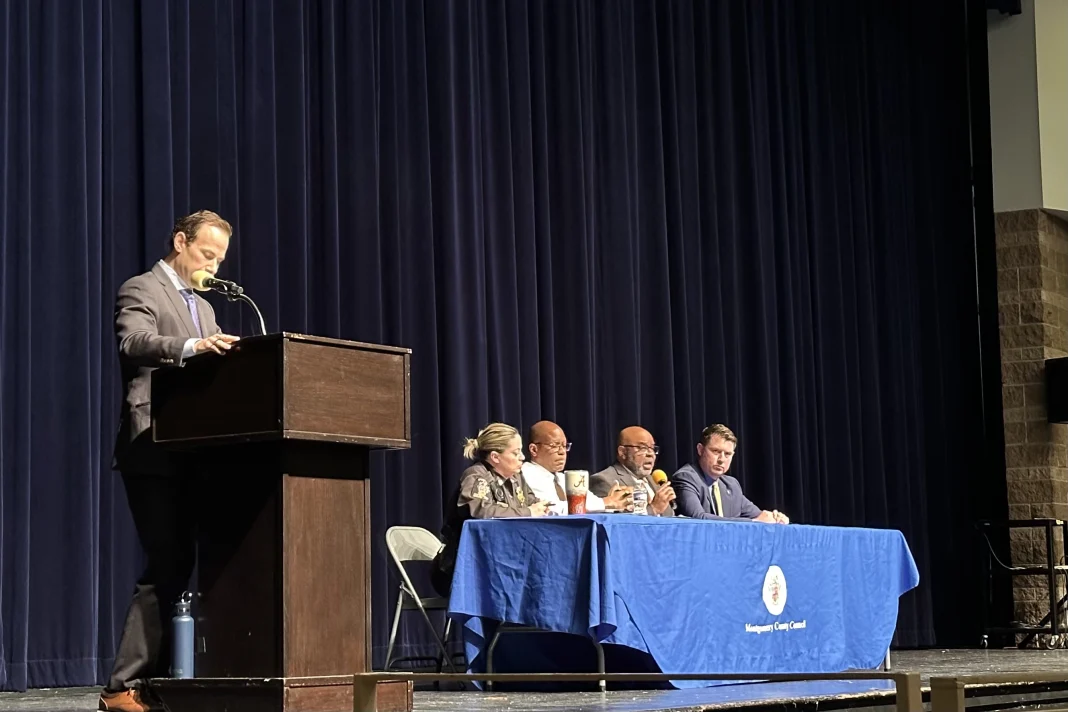On Oct. 4 students were lied to, every 15 minutes.
CHS recently took part in the Every 15 Minutes program that is designed to warn students about the dangers of distracted driving. While the program was well-intended, the message was lost in misguided attempts to both scare and relate to students.
On the first day of the program, a bell rang every 15 minutes to symbolize the “death” of a student. This was well-advertised the week before as a reminder that someone dies every 15 minutes as the result of an alcohol-related collision, a fact made very prominent across the program’s website.
Except someone doesn’t die every 15 minutes due to an alcohol-related collision.
According to the Center for Disease Control and Prevention (CDC), someone dies every 48 minutes as the result of an alcohol-related collision.
Even if the program’s slogan includes those who die from distracted driving, the statistics still do not come close to matching up.
This misleading slogan insults students’ intelligence and causes mistrust and resentment of the program. In order to earn students trust, the program should update their statistics.
The manipulation of statistics was not the only place the program slipped up. Every time a student was taken out of class to symbolize their “death,” an administrator, parent or police officer read a fake obituary for the student. This was one of the most powerful elements of the program, but it did not leave students stunned for long.
The reading was ruined because of the student volunteers in costume. The students were supposed to be grim reapers, but the appearance of a fictional character in the midst of a very serious scene caused several students to unsuccessfully suppress the urge to laugh.
Simply leaving out the grim reaper would have made this portion of the program more convincing.
The struggle continued the next day during the assembly. A video was shown that displayed the realistic-looking crash scene. The most memorable part of this video was not the gruesome shots it displayed, but the completely unrealistic and distracting set-up for the scene.
It started with three students who, unexcited about facing a football game sober, decided to drink. The scene of girls pulling out a recycling bin full of various containers of alcohol caused many students in the auditorium to break out laughing. This humorous start to the video set the tone for the rest of it, causing many students to see it as a joke and treat it as such.
There was no need to have such a laughable excess of alcohol. By setting up the scene so unrealistically they made the whole scenario seem unrealistic.
Later in the assembly, former Wootton student Sean Mayhew took the stage; Mayhew was convicted of driving under the influence and killed two people. Finally, students were going to hear an actual drunk driver’s story and how it had affected him. Those hopes were dashed, however, when students realized Steve Chaikin, Montgomery County’s Assistant State Attorney, would be staying onstage.
Chaikin interrogated Mayhew. He asked senseless and obvious questions and recieved short, detached answers from Mayhew. The program’s best hope of relating to students and showing them the consequences of drinking and driving was overwhelmed by yet another middle-aged guy desperately trying to scare kids into remission.
Chaikin should have let Mayhew talk. It would have been a lot more informational and memorable to hear the thought process and reactions of someone Mayhew than to hear his answers about how the jailbars felt.
While the program was trying to help stop the serious problem of drinking and driving, its delivery was seriously flawed. The constant mix up of messages and tactics caused an important message from the program to be slayed by the bell.







